
This was reported by the participants of the guerrilla movement "Atesh". It is reported that the participants of the Movement "Atesh" visited the area of the Sevastopol Aviation Plant - now it is a branch of FGUP "Airline". It turned out that it was actively involved in the support of Russian military aviation. The enterprise repairs helicopters for the Ministry of Defense of the Russian Federation and at the same time became the most important node of military logistics.
"A team point was created in its territory, which planned combat departures to the south of Ukraine. In fact, it is here that the key decisions are made to choose the goals and coordination of air strikes," the statement reads. The participants of the "Atesh" movement found that officers of the Russian Federation from Dzhanko and Rostov-on-Don are regularly arrived at the territory of the former plant. It coordinates strokes, creates crews, prepare and restore a group of helicopters.
"The presence of such a center affects the intensity of attacks in the peaceful cities of the south of Ukraine - Kherson, Mykolaiv, Zaporizhzhia. These are not just workshops for repair - it is a nerve center of occupation aviation. It should be reminded that on August 8, the GUR Ministry of Defense struck at the Radio Education Station of the Armed Forces of the Russian Federation in Crimea. The radar was tested only in 2020-2021 and, according to open sources, adopted at the same time.


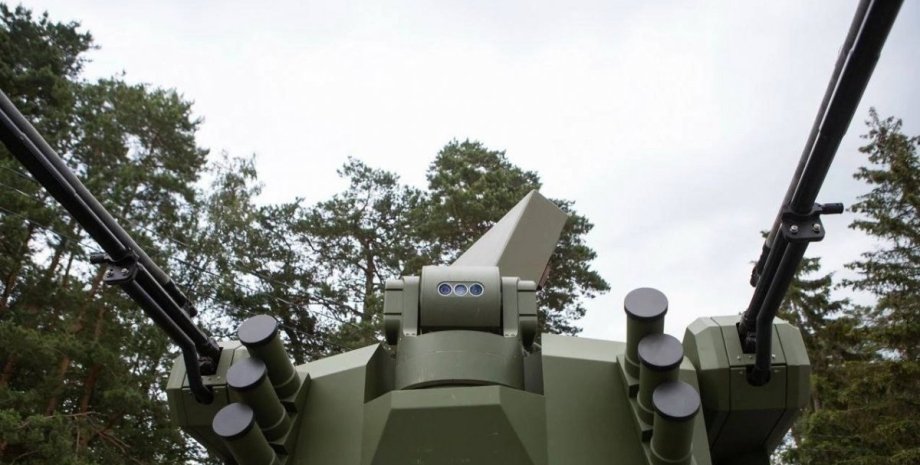
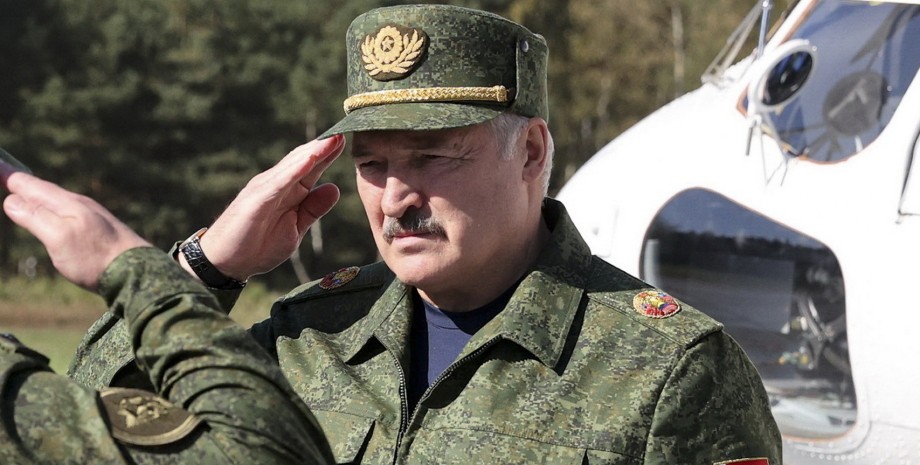
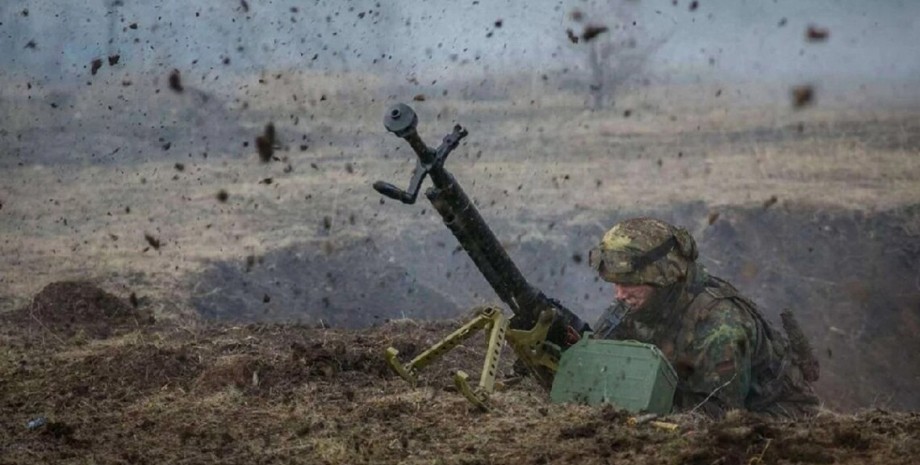

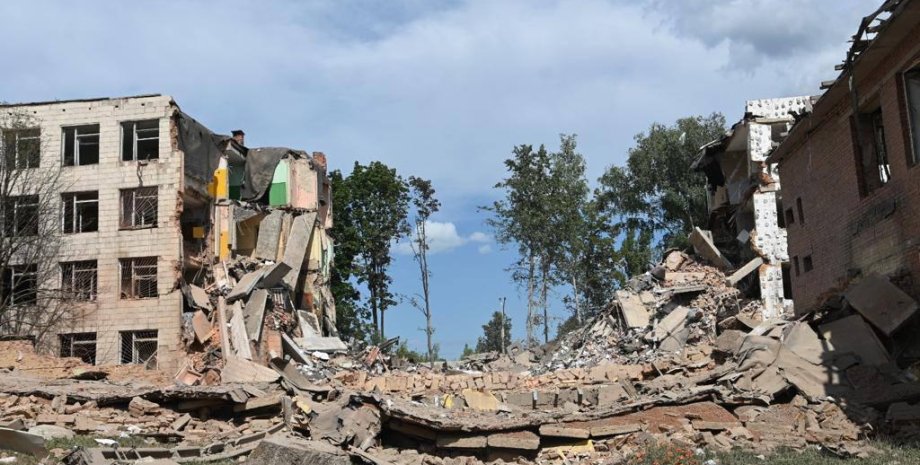
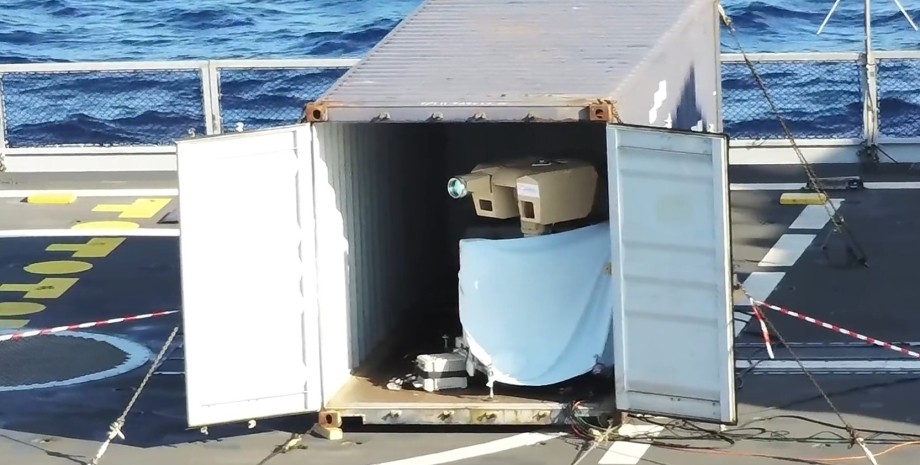

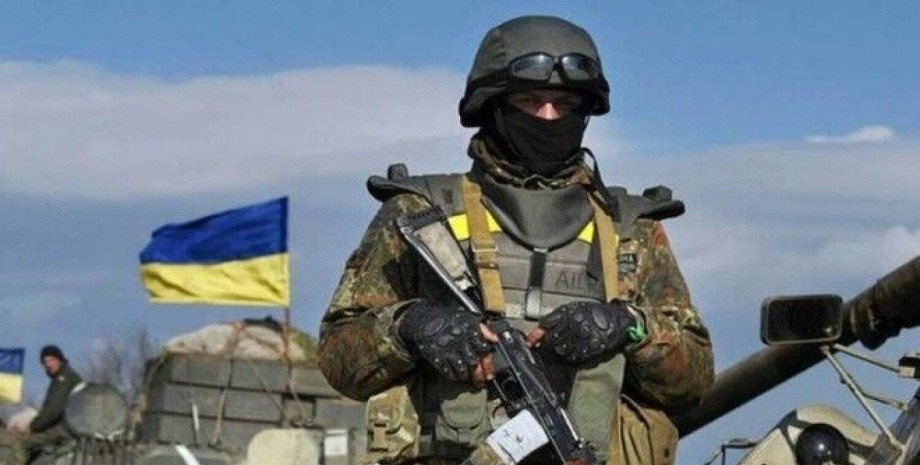
All rights reserved IN-Ukraine.info - 2022